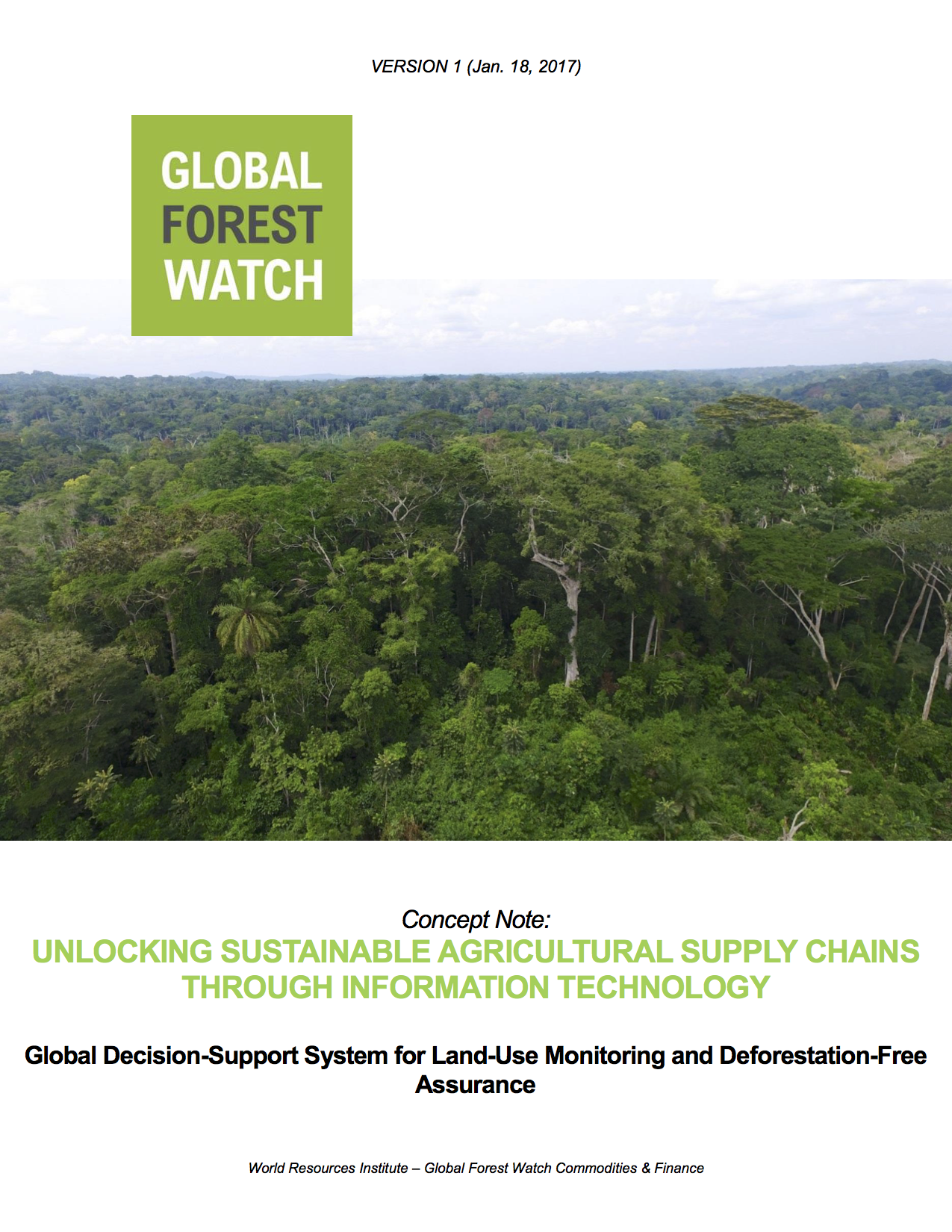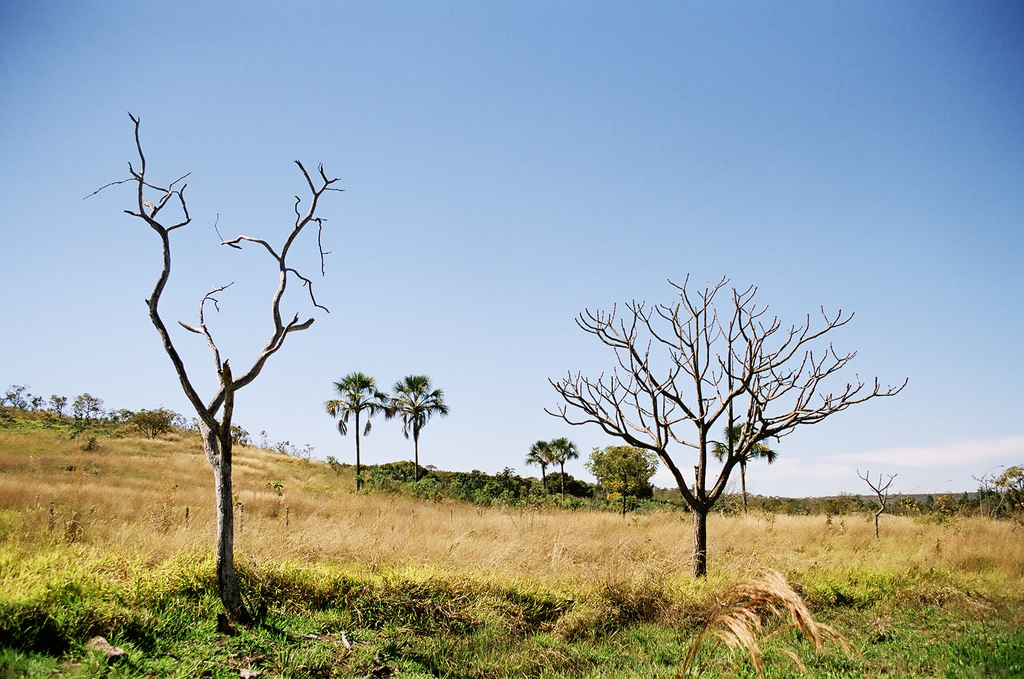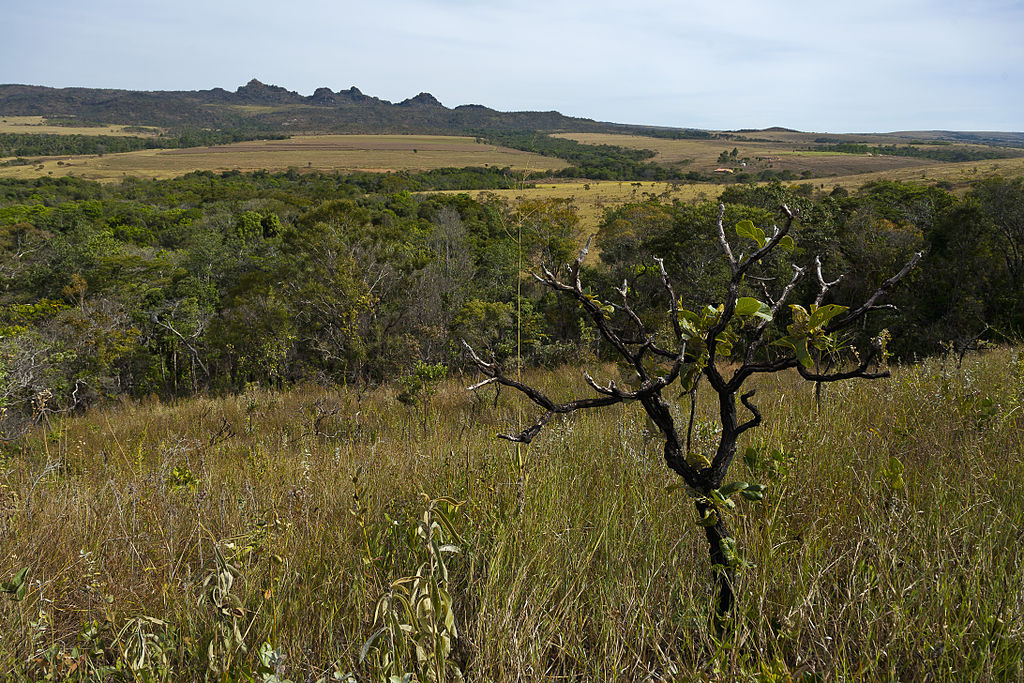- Commodities
- Fires
STATEMENT: Singapore’s New Haze Pollution Law “A New Way of Doing Business”

WASHINGTON (August 5, 2014)— Singapore’s Parliament passed the Transboundary Haze Pollution Act 2014 which allows regulators to prosecute companies and individuals that cause severe air pollution in Singapore by burning forests and peatlands in neighboring countries. The legislation was first proposed after fires in Indonesia spiked in June 2013, engulfing Singapore in haze. As the pattern of fires has continued, demand for action has increased and the issue has become a national priority for Indonesia, Singapore, and the other countries in the region. WRI provides ongoing analysis and data on the fires through Global Forest Watch-Fires, an online platform for monitoring and responding to forest and land fires in Southeast Asia using near real-time information. Following is a statement from Dr. Nigel Sizer, Global Director, Forests Program, World Resources Institute: “Singapore’s transboundary haze law marks a new way of doing business for governments and companies seeking to address forest and peat fires. It sends a powerful message that those who burn land and forests illegally will be held accountable. In particular, any companies caught using fire illegally now face the massive reputational risk of being dragged into court in Singapore as soon as their executives step foot on the island. Their customers, bankers and insurers will surely shy away from doing business with them.” “The causes of fires and haze in Southeast Asia are complex and difficult to address. For many decades these fires have been used to clear land for agricultural expansion into forests and peatlands, and as a tool in conflict between companies and communities over land. Over the past two years, especially high concentrations of fires in Riau Province, Indonesia, have taken a deep toll, in terms of human health, environmental degradation, and economic damage.” “Although the new law alone will not address all the deep-rooted causes of the fires, it contributes to a larger positive trend in the way governments and companies are dealing with the fires. The Indonesian government, for example, has made serious investments in their national Karhutla (Land and Forest Fires) Monitoring System. This includes a ‘situation room’ where fires and weather conditions are monitored in real time using tools like Global Forest Watch-Fires. Ultra high-resolution satellites are documenting individual fires and gathering high-quality evidence of possible wrongdoing. As a result, oil palm, timber, and pulpwood companies are making significant no-fires and no-deforestation commitments.” “The message is becoming increasingly clear for individuals and companies that burn land illegally—playing with fire has serious consequences.”
Explore More Articles

Partnership Launches to Increase Transparency and Traceability Across Supply Chains and Meet Zero-Deforestation Commitments
Read the full concept note. On January 19 at the World Economic Forum in Davos, Switzerland, 20 of the world’s largest commodity producers, traders, manufacturers, consultants and retailers launched a new partnership with research institutions and banks to monitor deforestation and manage sustainability from farm to customer. The partnership, led by the GFW team (see the […]

Technical Blog: Soy Data for Brazil’s Cerrado
By Sarah Sargent and Ryan Sarsfield Taken by Paulo Q Maia (Flickr). License information here. Global Forest Watch (GFW) Commodities recently released new data and analysis for soybean production in Brazil’s Cerrado biome, a mix of forest and savannah rich with biodiversity and carbon. These data show users the spatial extent of soy production and how […]

Companies Can Find Deforestation-Free Soy in Brazil’s Cerrado, Thanks to New Data
By Ryan Sarsfield Cerrado Parque Estadual dos Pirineus by Jonathan Wilkins via Wikimedia. The photo is licensed under the Creative Commons Attribution-Share Alike 3.0 Unported license. Just ten years ago, Brazilian soy’s reputation was at an all-time low for its links to deforestation in the Amazon. The industry, environmental NGOs and the Brazilian government reacted swiftly to establish […]